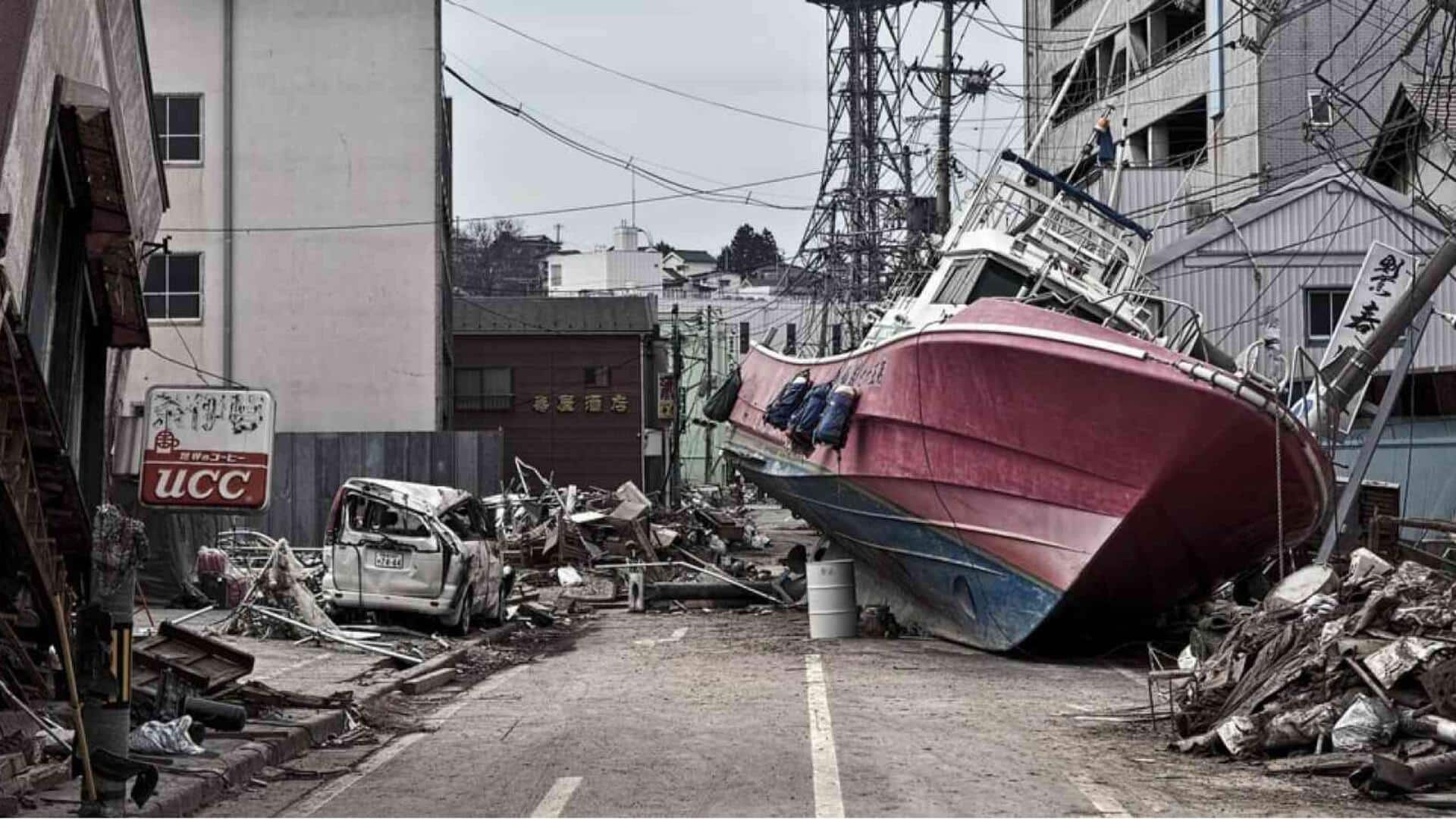
Japan can now detect earthquakes, tsunamis well before they strike
What's the story
Japan, a nation often struck by catastrophic earthquakes, has developed an innovative solution to protect its citizens. The country has deployed a cutting-edge warning system along all oceanic fault lines. This advanced network of sensors and cables connects to hundreds of observatories and can detect the faintest signs of an impending earthquake or tsunami.
Advanced detection
System can provide up to 20 seconds of warning
The new system, dubbed the ocean-floor "Nervous System," is capable of issuing warnings about an earthquake 20 seconds before it strikes. It can also alert authorities about a tsunami 20 minutes in advance. This gives emergency teams more time to issue alerts and evacuate people before disaster strikes, potentially saving countless lives and minimizing damage.
System expansion
Development spurred by the devastating 2011 earthquake
The development of this advanced detection system comes after the 2011 earthquake that claimed nearly 20,000 lives. The magnitude 9.0 "megathrust" quake was Japan's worst-ever temblor, triggering a massive tsunami and causing widespread destruction. The incident exposed the limitations of existing land-based sensors in predicting the scale of such disasters, prompting Japan to expand its earthquake detection system to cover oceanic regions as well.
Network details
The system has already proven its worth
The first part of the system, Seafloor Observation Network for Earthquakes and Tsunamis (S-net), was completed in 2017. It connects Japan's earthquake detection network to the Japan Trench with 5,700km of cables covering 116,000 square miles of ocean. In 2018, a magnitude-6 quake hit Japan and alerts reached cities 20 seconds before land-based seismometers detected it.
2nd part
Second part was completed in 2019
The second part, Nankai Trough Seafloor Observation Network for Earthquakes and Tsunamis (N-net), was completed in 2019 along a crucial subduction zone where another major quake could strike within three decades, kill up to 300,000 people, and lead to damages worth $2 trillion. The Nankai Trough is an undersea trench and subduction zone spanning about 800km. It recently made headlines after 1999 manga resurfaced for predicting a massive earthquake and tsunami on July 5—potentially more destructive than the 2011 disaster.